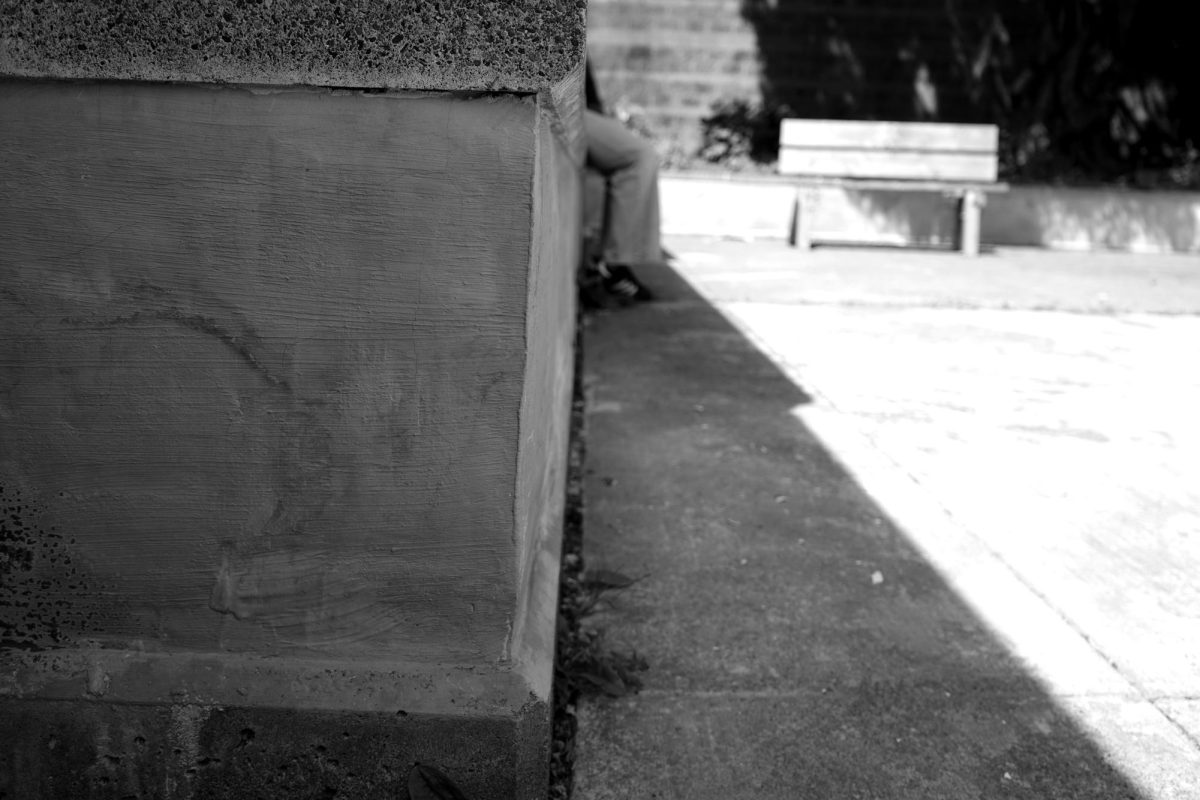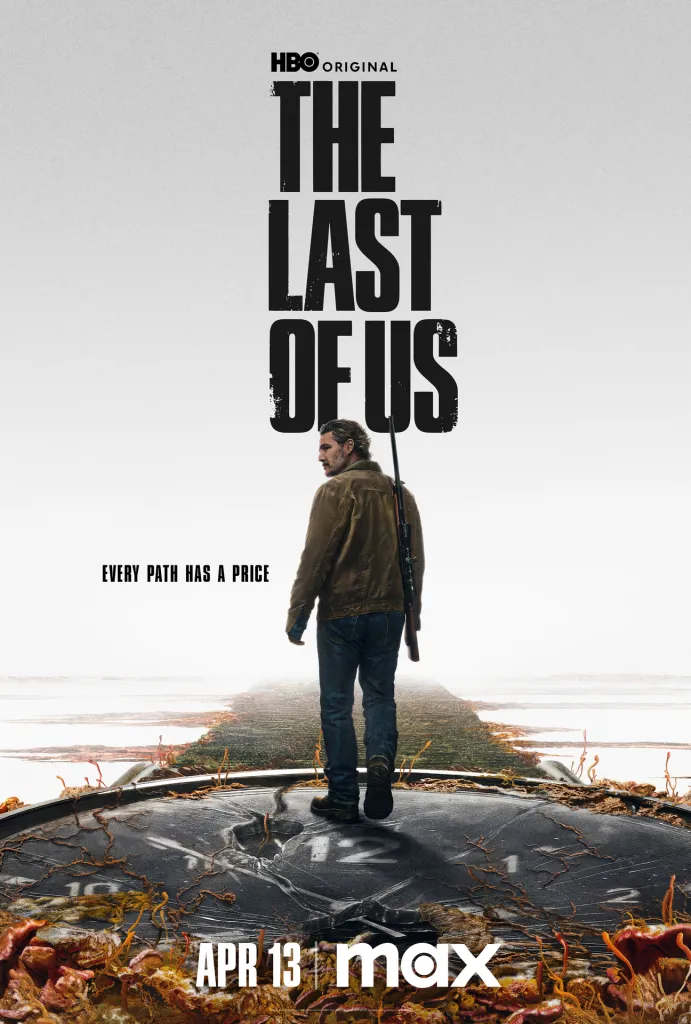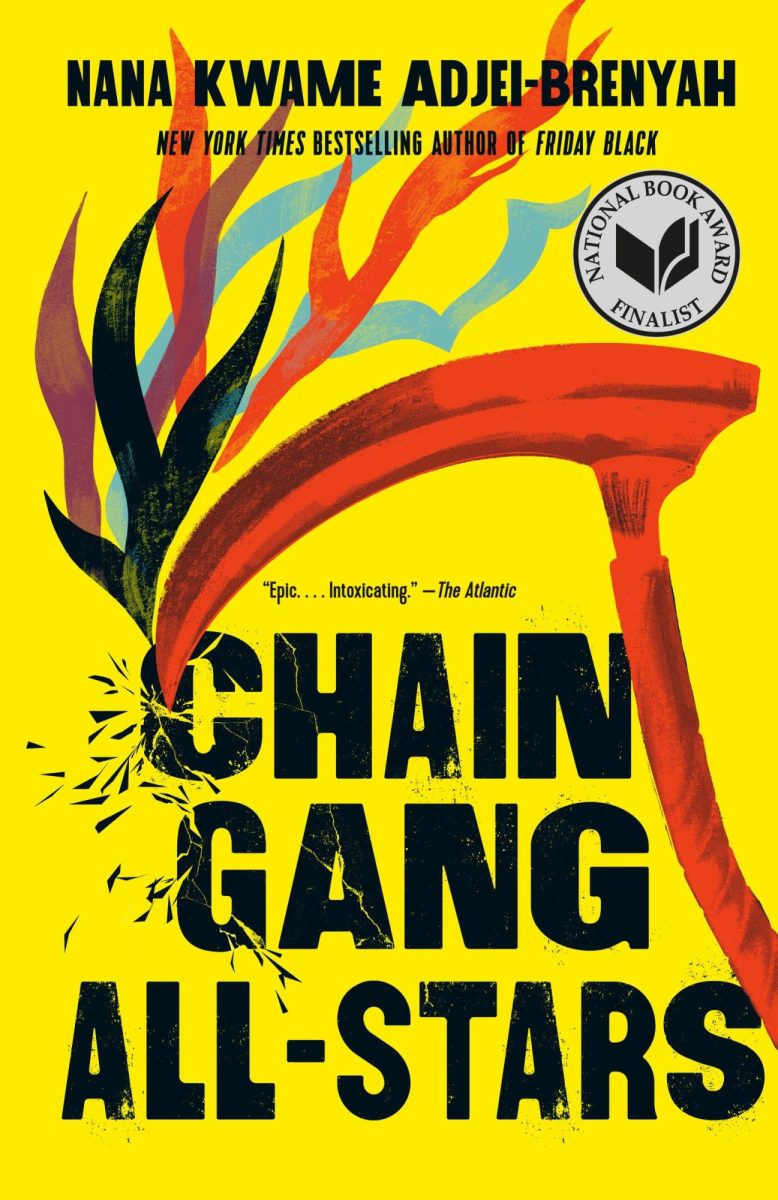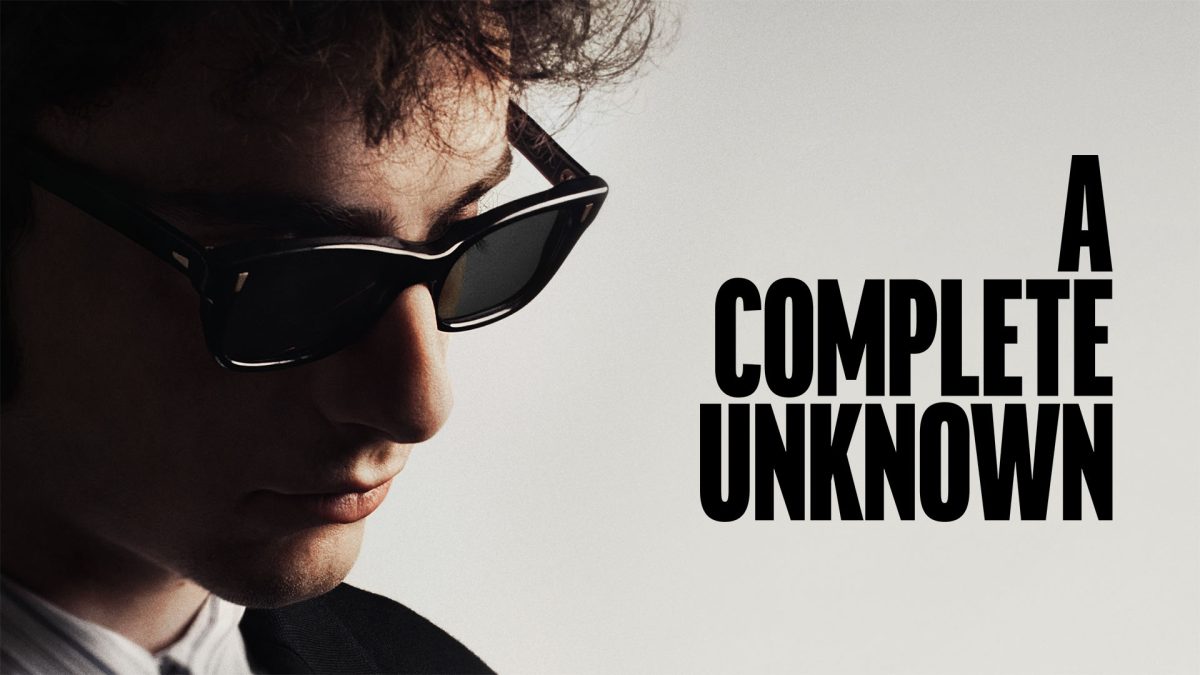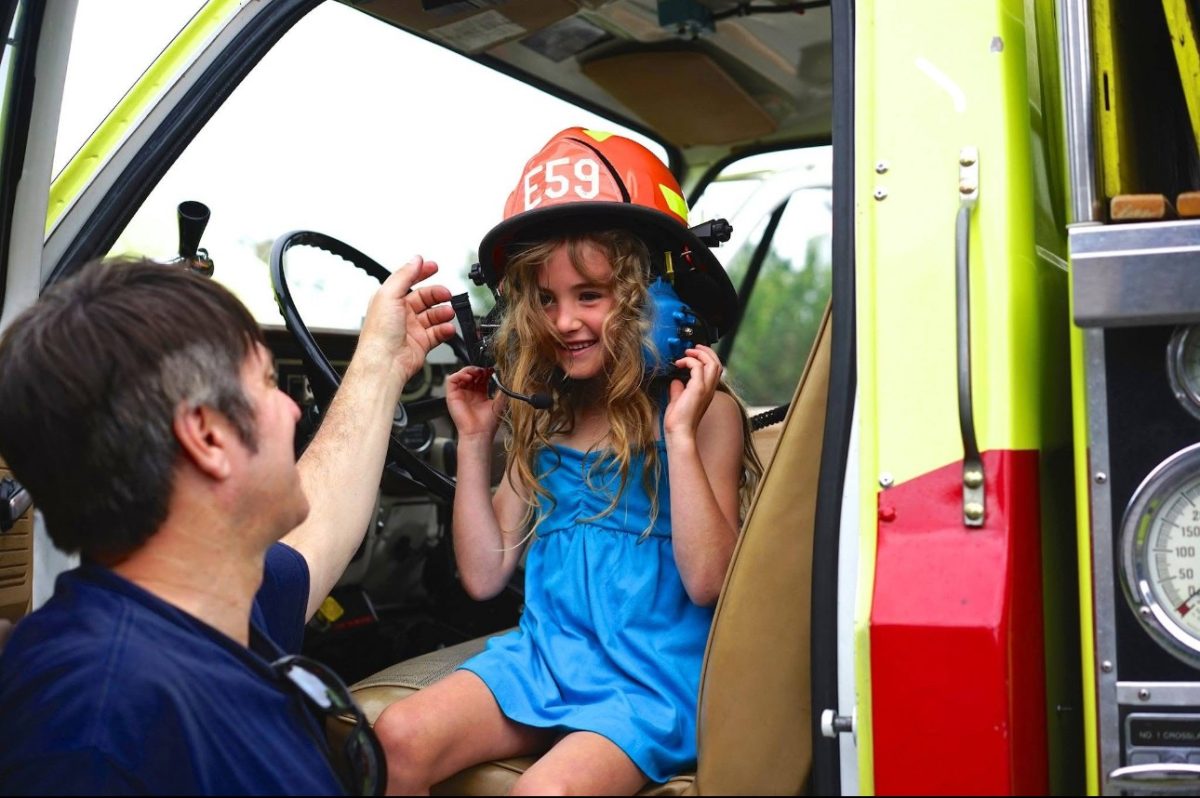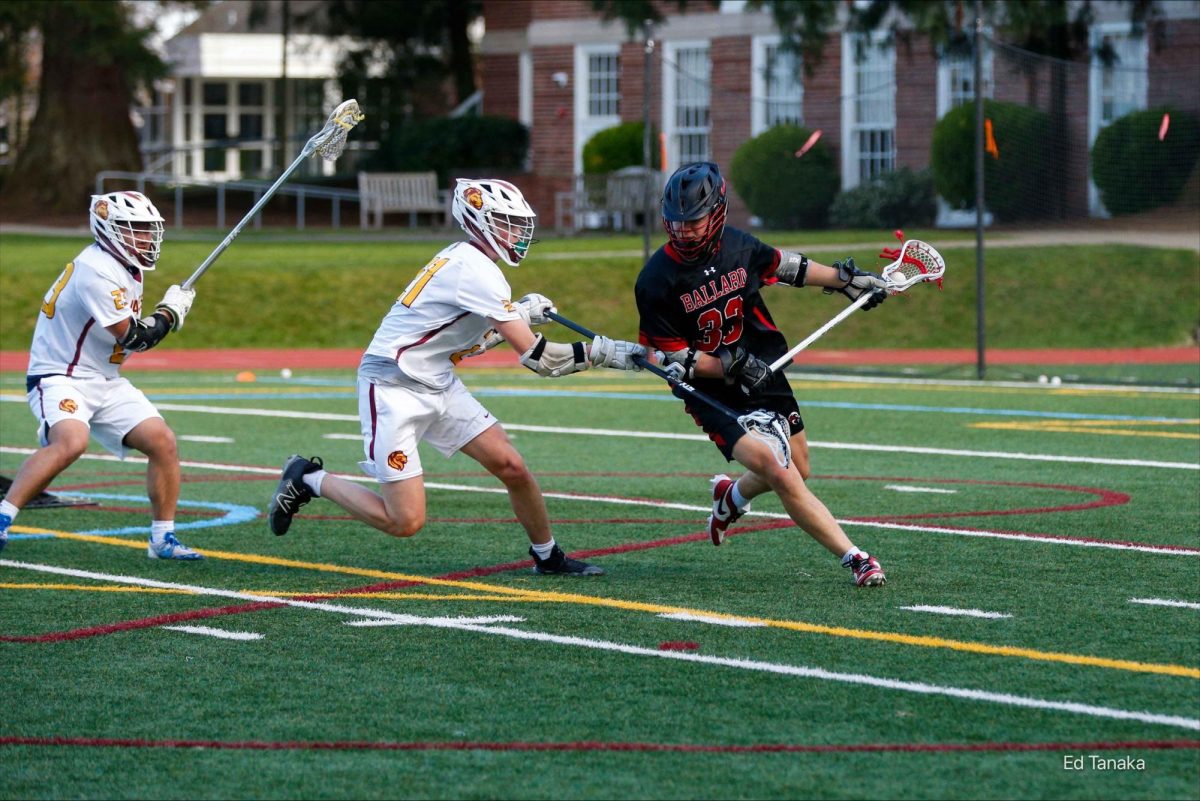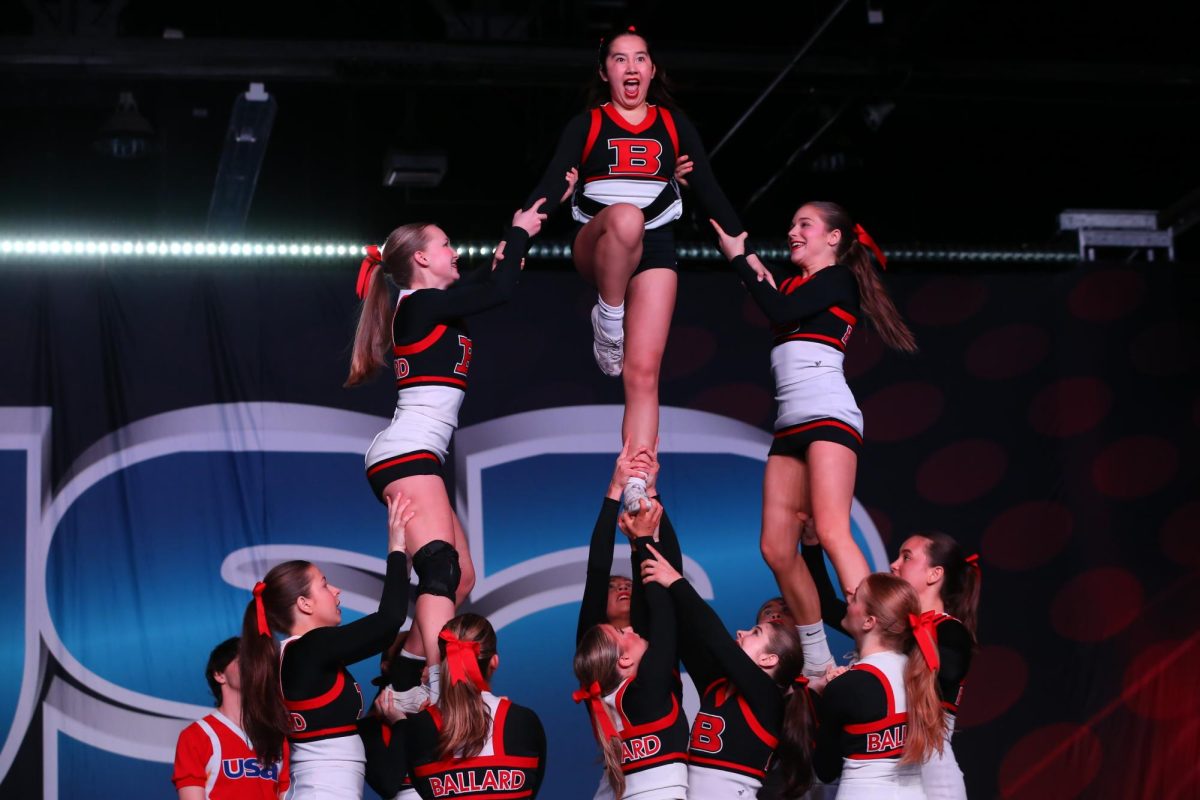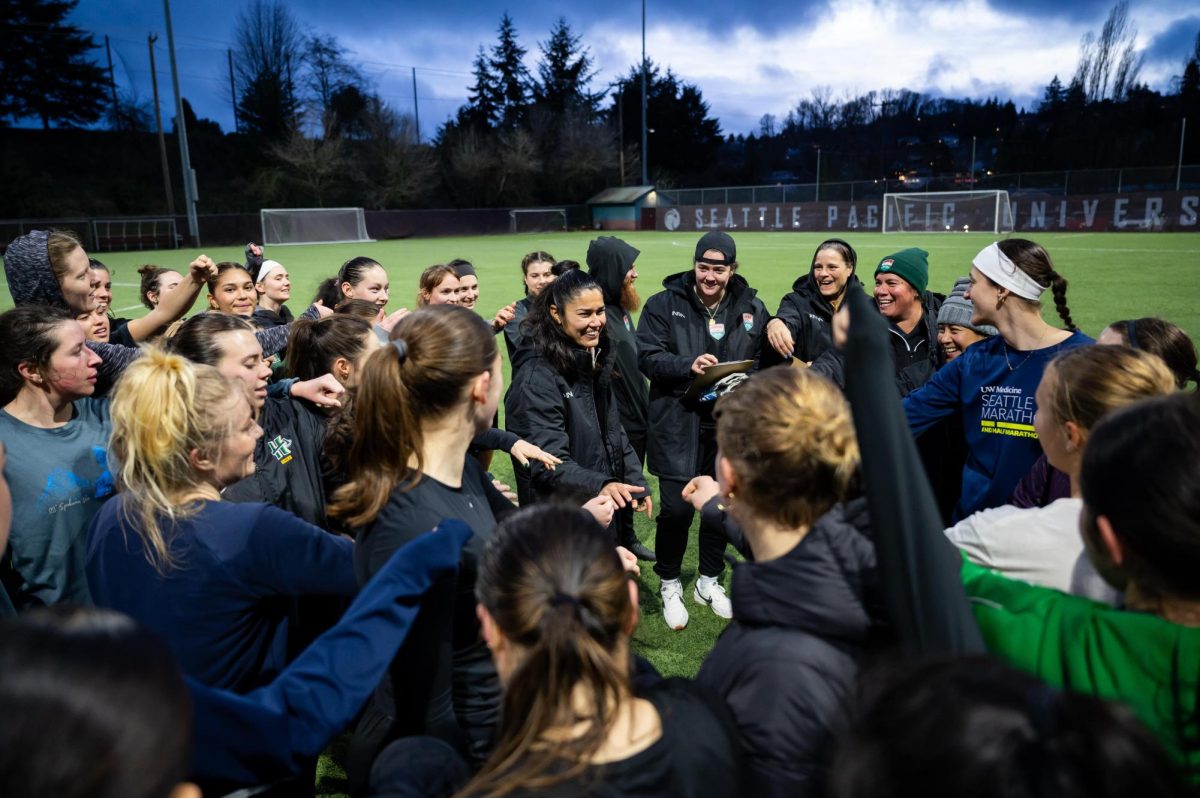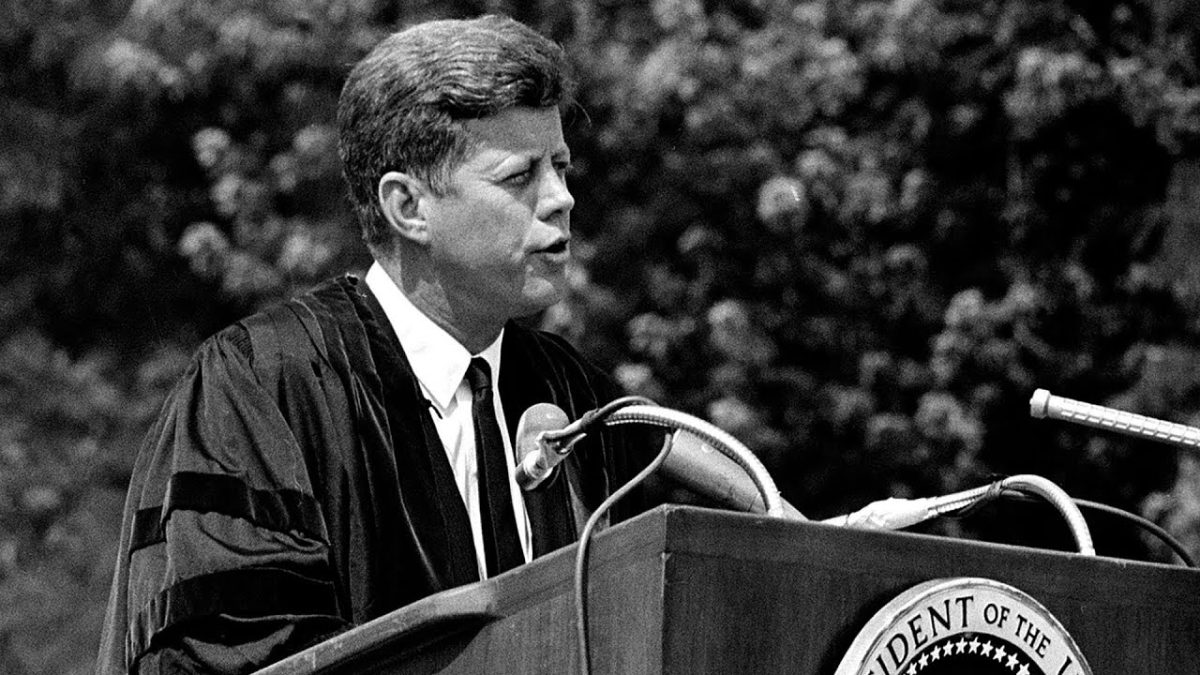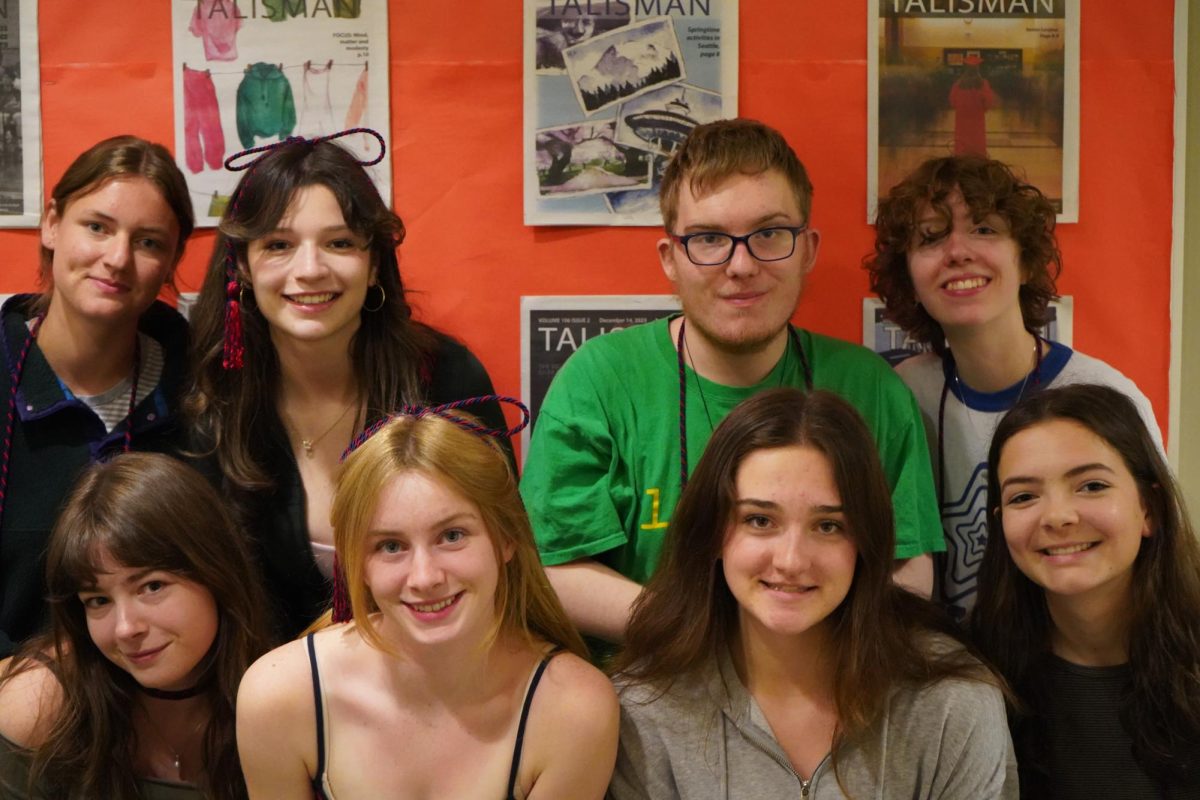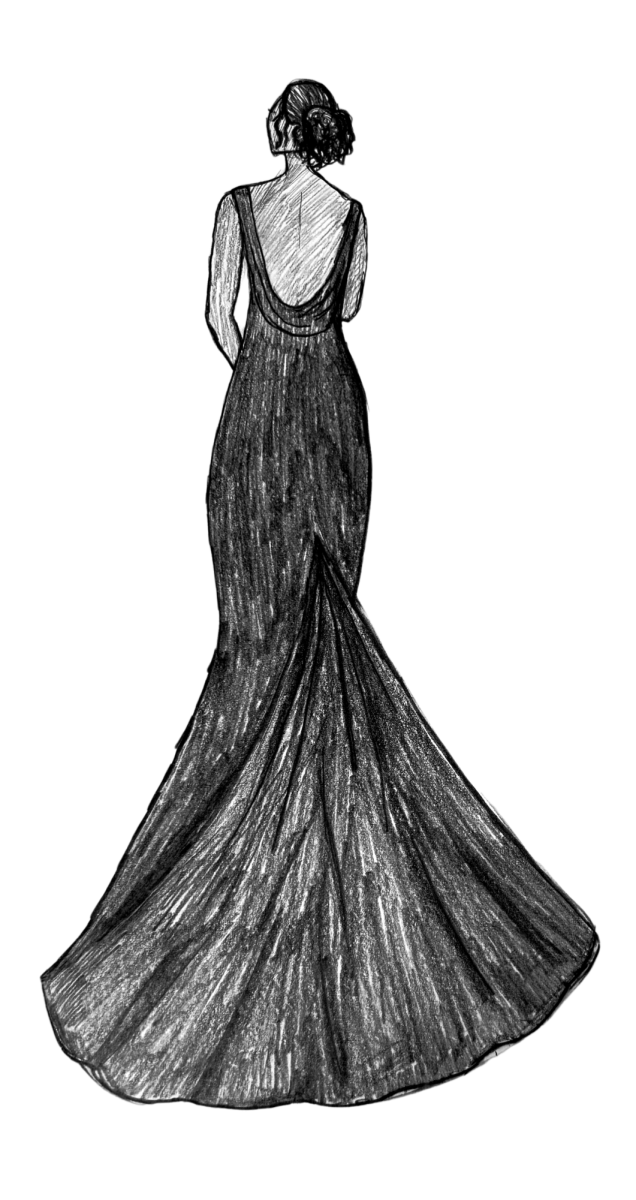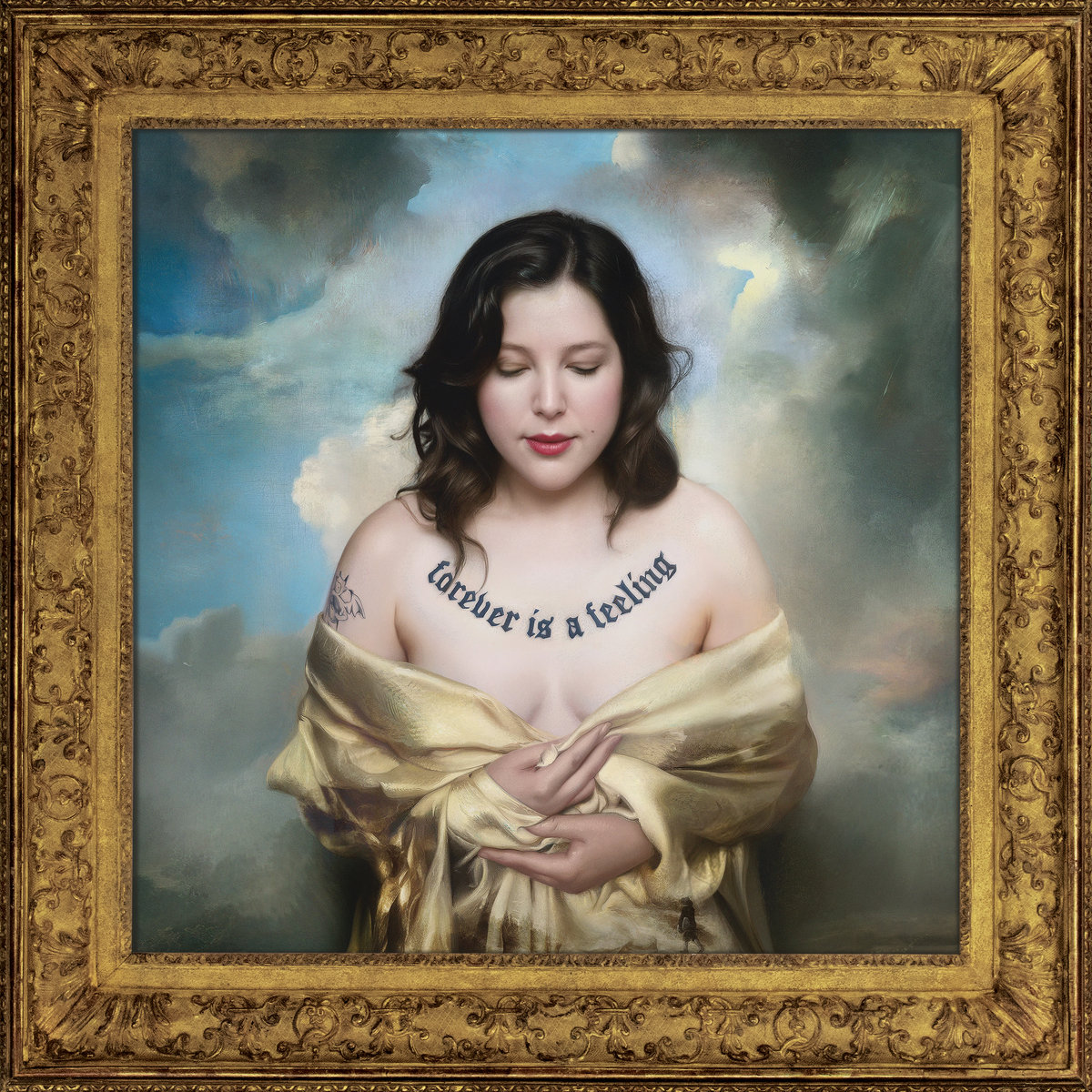The biopic is a genre that I think is fair to entices everyone no matter their standing on who they’re watching it about. This year that point is more prominent with the release of “A Complete Unknown” which has had a far reaching appeal even outside of Bob Dylan fans. There’s something so fascinating about watching the distilled life of a legendary figure on the big screen. The downfall of the Biopic is that it’s often treated as a burlesque showing of the artist, fabricated and retold to the point that it tarnishes the person or topic it’s meant to portray.
In my opinion, the reductive nature of these retellings often leaves a lasting scar on the artist themselves, a condensation of a person that renders them just a plotpoint. But the major film studios keep producing them; because if you made a biopic of QUEEN , it’s going to make a lot of money no matter how poorly written and how much of a bastardization of a great story it is.
The main cause of all these downfalls is that they don’t take the leap of faith in fear of turning away audiences, but how can you depict the people of history who took that leap if you yourself artistically and imaginatively won’t? Winch is why I think “I’m Not There” directed by Todd Haynes is a film that is a perfect way of not retelling the story but presenting the colleague of a life as mysterious as Bob Dylan’s. The biopic genre really only ever shows you one perspective of a person but Todd Haynes tackles the life of Dylan where it doesn’t pin down how we perceive him in just one way. I’m not there takes several unique approaches to Dylan’s life splitting Dylan into 6 different people who fill in for the life of Bob Dylan none of which are even named Bob Dylan they are all just placeholders for spaces Dylan onced filled in at different points in his career.
To start off we have Marcus Carl Franklin playing the character of Woody Guthrie. Woody represents a version of a young Dylan, not the young middle-class Jewish kid that he actually was but the figure Dylan claimed to be when questioned about his upbringing, Dylan often built himself as a character from a tall tale using the songs of the real Woody Guthrie as a basis for his own stories, when Dylan was asked about the real Woody Guthrie he said “you could listen to his song’s and actually learn how to live” the second we see Marcus Carl playing as a character named Woody Gutherie we see how Dylan in his real life was pulling the wool over his audience’s eye’s with his tall tales and extravagance, Todd Hanyes intentionally casting a black actor for the role, it’s impersonation as creative freedom.and every person who comes across him eating up every word of wit and pure charisma representing the early audiences captivated by Dylan.
Next we have Ben Wishaw as Arthur Rambo who plays as a proxy narrator for the film and all his scenes take place in the same room inspired by the original Rambo’s court records of his interrogation after being shot by his lover. The language used by Arthur are a collage of sorts, all being direct quotes from Dylan over the years of interviews and in particular his press conferences from 1965-66 where tall tale of Bob Dylan grew bigger due to Dylan Inflamously playing around and giving interviewers often false or made up stories of his life only adding to the air of mystery and highlighting the hypocrisy of journalists cross-examining artist to expose some deeper sinister truth. “I had no answers to those questions anymore than any other performer did really, say for some reason the press thought that performers had the answers to all these problems in society and what can you say to something like that, I mean it’s kind of absurd” Dylan was heavily drew his attitude from French poet Rambo and that who Ben Wishaw represents the older teenage dylan, the rebel finally weaponizing himself.
Christian Bale play’s Jack Rollins a young singer-songwriter from the greenwich village art scene who captivates and challenges his audience with politically charged folk music, this is foreshadowed earlier in the film with Woody where he’s told instead of singing about decades-old trade unionism that he should sing about his own time, although stylistically and physically all these characters seem like different people this one scene realigns us with every character we’ve seen so far has been the same person and how one characters decisions affects the other. After Jack Rollins disillusionment of the folk genre he goes into hiding only to come back as a born again christian performing gospel music under the name of Father John, reflecting Dylan’s real life “Christian Phase” were he released christian rock and gospel music.
Winch transitions into Heath Ledger playing as Robbie Clark, Robbie is an actor who rose to fame as playing as the Character Jack Rollins in the in-universe biopic “Grain of sand” (The character playing a character gets played by character who is also playing a character) Robbie meets french artist Clare on the set of the film and falls in love with her, a romance that reflects Dylan’s real relationships with women around this time and would eventually marrying before their disintegration, this part of the movie being about Dylan’s personal life and it’s ugliness, In on of the scenes were Robbie is eating outside with claire and their friends we get to see the sexism that been observed over Dylan’s life, where the female subjects in his song lack access to the authorial voice of the writer, “They each have access to different kinds of pain, winch is pretty much why chicks can never be poets” Robbie says when he is pressed at the table of being a chauvinist, Winch is according to Joan Baez is something Dylan did once say.
This one scene is very admirable in the sense that it doesn’t try to make itself all pretty and “radio-friendly” for the audience it’s a very real look at the person who’s painted as a voice of a generation but is as complex as any free thinking individual and for someone as strongly coming from the left side of politics as someone could be, Dylan often worked within a double standard where he is critical of conservative moral but yet benefited greatly from conforming to the status quo of what a household should be.
And at the most famous point of his career we have Kate Blanchette playing the fan favorite character of Jude Quinn, a popular former folk singer now gone on to the electric guitar, later touring england, Jude is hounded by the press but mainly by a man named Mr. Jones who relentlessly attempts to pry any truth out of the artist despite Jude refusing to label his work, this period mainly reflect Dylan’s year’s in 1965-66 where Dylan went on his strongest album release of “Bringing It All Back Home” “Highway 61 Revisited” and “Blonde on Blonde” after his own controversial debut and two shows played in the UK and Europe the following year.
Todd hanes’ vision of this Dylan was always to be played by a woman, to express what it looked and sounded like with Dylan going from Folk to Electric. A majority of Jude’s dialogue is directly taken from song lyrics and press conference sparing of the time. A time period where Dylan was often deathly intoxicated only adding to Jude’s portrayal of a spiraling Dylan, only furthered by Mr. Jones outing Jude on television as not a mysterious voice of his generation with a larger than life background but as the middle class, white collar son of a department store owner, a event that was a gut punch to the real Dylan when it happened to him, shortly after Jude dies a tragic death in a motorcycle accident, winch parreals the real accident Dylan had that sent him into hiding.
And lastly we have Richard Gere playing Billy the Kid, a outlaw hiding out in the rural town of Riddle, Missouri. Billy the Kid believed to have been killed by commissioner Pat Garrett, confronts Garrett and his plan demolish the town to build a highway, Garrett played by the same actor as Mr Jones, Bruce Greenwood recognizes Billy and throws him in jail were Billy then flees to a nearby boxcar where he finds Woody’s guitar, representing Dylan trying to bury himself in obscurity only to be caught by his own Tall Tale background before the move cuts to footage of the real Dylan plays shows BIlly fleeing on the train and being reintroduced into the world.
Now let’s talk about “A Complete Unknown”. A complete unknown had been widely anticipated by Bob Dylan fan’s ever since it’s public announcement, now “A Complete Unknown” isn’t another vegan leather pants wearing, decaffeinated soy latte drinking, LA Avant Garde retelling of Dylan’s life but this time around the linear story that often worries a person when watching a Biopic of how Dylan went zero to hero. The film being a adaptation of Elijah Walt’s 2015 book “Dylan Goes Electric”, it obvious that the films director “James Mangold” was trying to steer clear of rehashing the tall tale most Dylan’s fans know from front to back and avoiding the same tropes that films like “Straight out of compton” “Rocketman” and the greatest offender of them all “Bohemian Rhapsody” winch each of these films sickly relish in. “A Complete Unknown” pours all its energy into mainly focusing on 1961 to 65 instead of trying to stretch its energy out thinly over Dylan’s life, focusing on the legend becoming the legend.
The film starts off after Dylan hitchhikes his way to New York to visit his dying folk hero, Woody Guthrie. The young Dylan stopping in to visit his hero and pay his respects and in his own words “Maybe catch a spark” Woody playing a pivotal force throughout the film and it’s narrative, before stopping in he walks in on Pete Seagga a fellow folk activist who in Woody death expects the torch to be passed to him until Dylan walks in on him playing to Woody, and ultimately Dylan gets to play the folk of the new generation that will redefine the genre.
The Song Dylan he sings to Woody foreshadowing the great change coming to the world as Pete Seager gives Dylan a ride back home, Bob tunes the car radio to a station playing Little Ruchards Slipping and Sliding, a artist Dylan is fond of, were a cautious Pete ask if Dylan is into Rock with Dylan replying “Well I like everything Pete, expect maybe Patty Page and I in the window” this scene scene showing Dylan’s trait of not wanting to be labelled as just one thing. And it’s the issue anyone will have when recounting the story of Dylan, to not instantly make the listener or viewer automatically assume Dylan is just “A folk singer” and thankfully Mangold is very aware of this flaw and plays his cards accordingly and uses the mysterious nature of the artist of a source of advantage. And the mysterious nature of Dylan makes for an interesting hurdle as the majority of the young audience Timothee draws in who most likely don’t know much to anything about Dylan, making it a very fine line of letting the audience get to know Dyllan while keeping the ambiguity that makes the person.
The movie reveals Dylan via song, winch sounds like a recipe for confusion and seems a little too artsy and leaning dangerously close to “I’m Not Their” territory but the movie pulls it off and uses it effectively to portray someone who gives away so little about himself. This idea is most prominent in my opinion during the duet Dylan has of “It Ain’t Me” With Joan Boaz at their 1965 performance, where Dylan’s girlfriend at the time Sylvia watches on and the realization of the chemistry she see’s between Bob and Joan and never quite have that winch also makes sense against Boaz as although very similar are clearly not right for each other.
If “I’m Not Their” didn’t exist or went down the cliches other biopic, we’d have to be more harsh to a “Complete Unknown” but since it’s the youngest child in terms of Dylan media their more reason to maybe not be as harsh with criticize and scolding and the two films really work almost in conjunction almost like they were written in mind with each other, one being the very gritty avant garde film and the other being more parable for the average viewer who might not alot about Dylan to enjoy. And if you want to get into Dylan then “A Complete Unknown” is a perfect place to start and if you feel underwhelmed or want more that’s where “I’m Not There” Shines.



